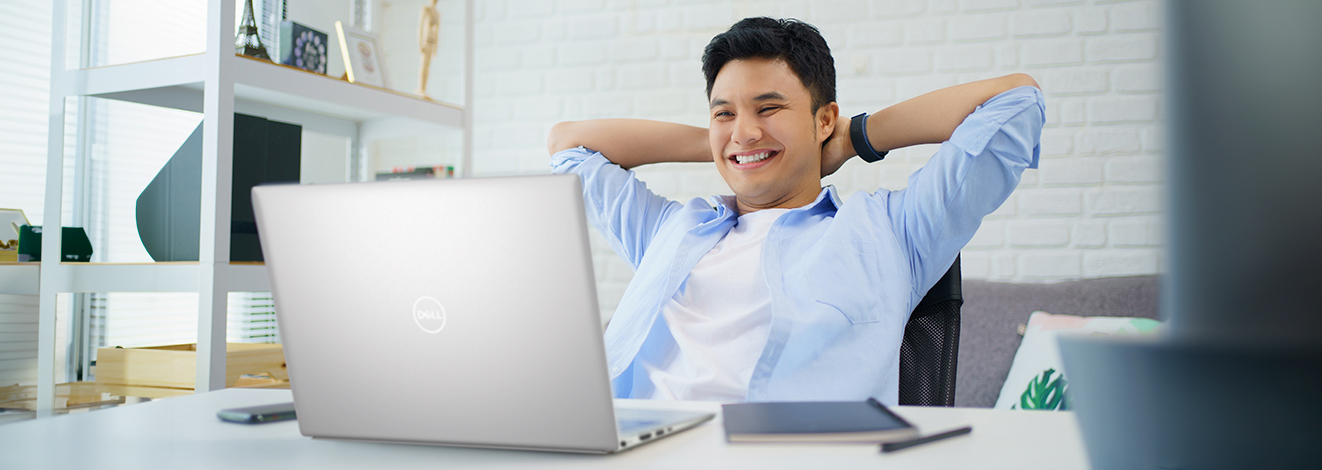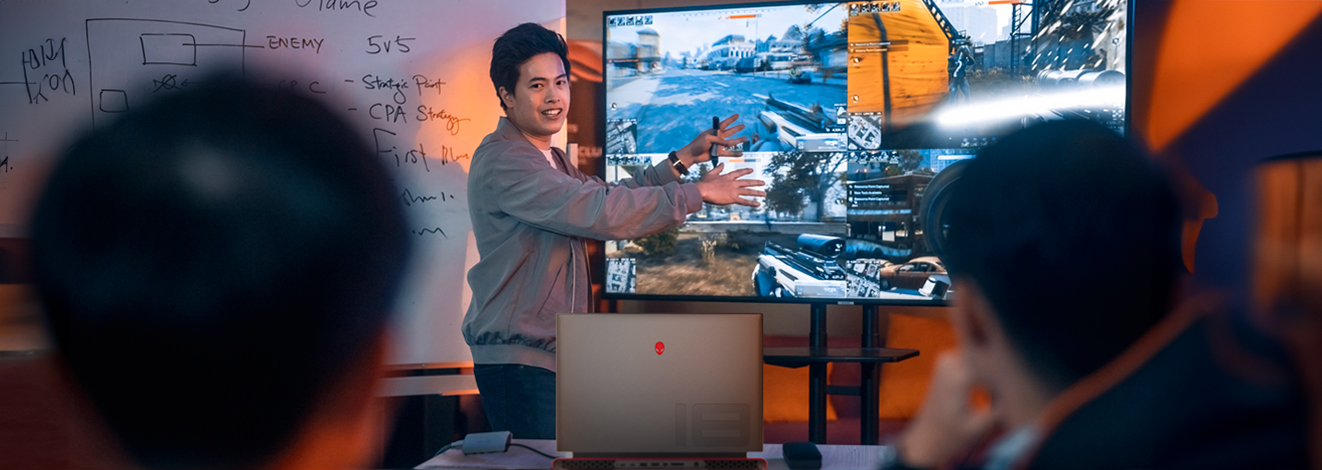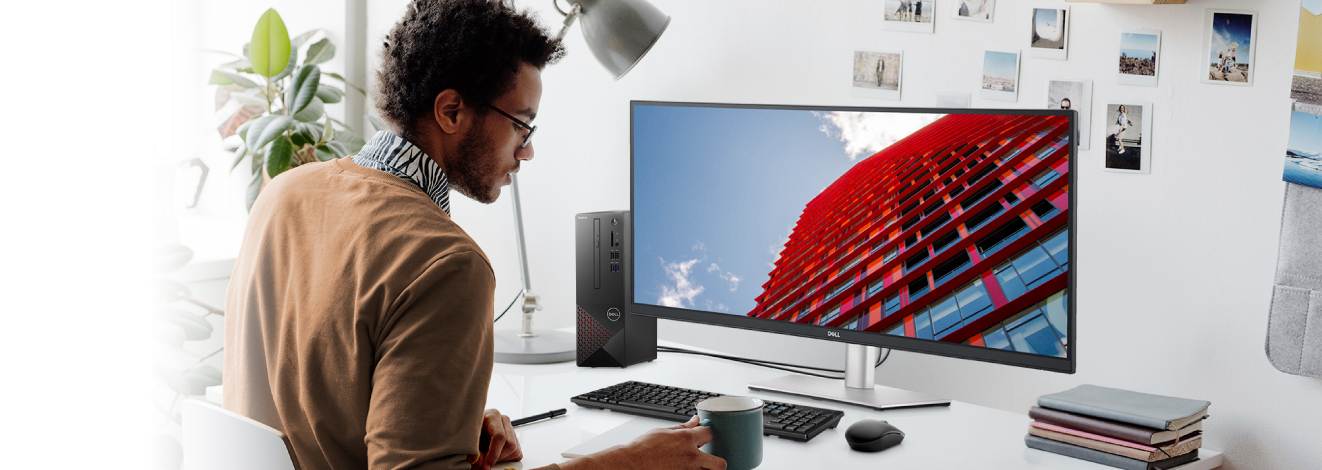
6 Things to Look for When Buying a New Monitor
Believe it or not, your monitor can affect your productivity and overall PC experience. Whether you’re a student, office worker, creative, gamer or what have you, everything you do with your computer won’t be that enjoyable if your monitor doesn’t suit your needs or lifestyle.
If you want to find the best monitor for you, you’ll have to consider a few things, such as the screen size, resolution, and panel, to make sure you’re getting exactly what you need. You also need to mind your monitor’s position as well as your posture in front of your computer to maximize comfort.
Let’s dive deeper. Here’s a buying guide to help you select the monitor that works best for you.
Monitor adalah jendela yang menggambarkan pengalaman Anda sehari-hari dengan PC Anda. Apa pun prioritas Anda: efisiensi, produktivitas, pengalaman hiburan yang imersif, atau bahkan peningkatan ergonomis, monitor yang tepat dapat mengubah gaya hidup Anda ke level berikutnya.
Dengan semua monitor yang memiliki spesifikasi dan fitur khas yang ada di pasaran, Anda mungkin bertanya-tanya bagaimana menemukan monitor paling bernilai untuk gaya hidup Anda. Berikut kami lampirkan panduan untuk membeli monitor komprehensif yang dapat membantu Anda memilih monitor yang paling cocok untuk Anda!
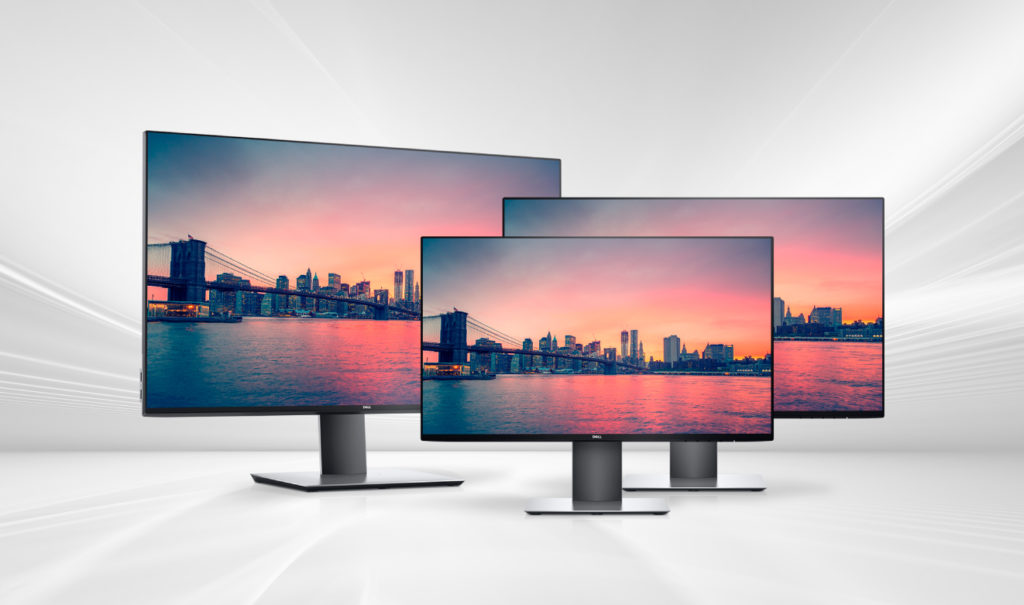
Screen size
Just like TVs, screen sizes for monitors use a diagonal measurement in inches. The sizes available in the market range from 14 to 49 inches. However, computer monitors typically come in one of three sizes: 24 inches, 27 inches, or 32 inches.
- A 22- or 24-inch monitor is a modest size for a small desk and perfect for daily tasks like emailing or browsing the internet.
- A 27-inch monitor is a medium-sized monitor that’s best for most purposes, whether you are a student, an office worker, or a general user.
- A larger monitor of 32 inches or more provides multitaskers with the much needed wide display to work, fitting everything in one place.
Keep in mind that your monitor should be positioned 16 to 30 inches from your eyes. Therefore, it’s important to choose the screen size you’d feel most comfortable looking at from this distance.
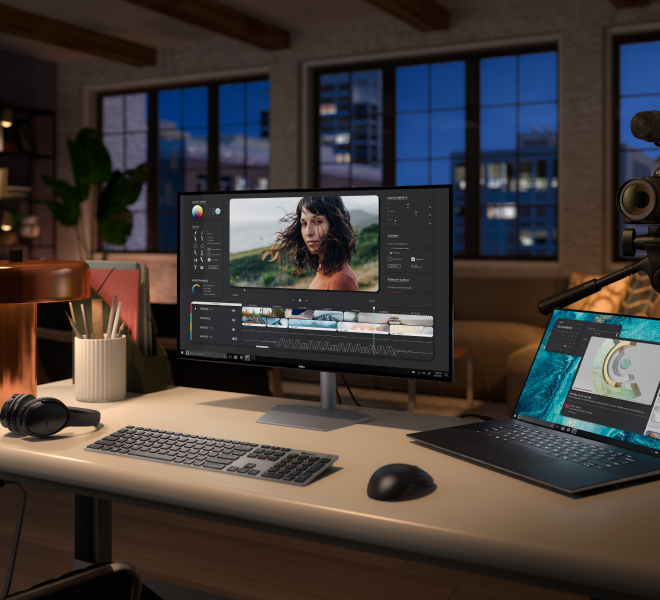
Resolution
Resolution tells you how many pixels a monitor has in width x height format, for example 1920 x 1080. A monitor with a higher resolution means it has more pixels to deliver sharper images, allowing you to scale content size for better readability or show more content at once with good quality.
- HD (1366×768 – 1680×1050) screens are an affordable yet optimal choice that provides good display for general use, such as browsing the internet or writing papers for school or work.
- Full HD (1920×1080 – 1920×1200) is a standard resolution for home and office uses. It is also the minimum requirement for professional tasks like photo sharing, video conferencing, or video streaming.
- Quad HD or Wide QHD (2560×1440 – 3440×1440) offers sharper and more detailed visuals, showing more vibrant colors. This is ideal for content creation, presentations with very detailed charts or graphs, and graphic-intensive gaming.
- 4K Ultra HD (3840×2160) comes with a higher pixel density, allowing more flexibility to scale your display with greater image quality. A 4K monitor is best suited for more sophisticated workloads such as CAD/CAM rendering, video and photo editing, web design, and 3D computer graphics.
- 8K (7680×4320) is the highest monitor resolution that’s currently available in the market today. With its ability to deliver realistic images, accurate colors, and seamless gradation, an 8K monitor is perfect for elaborate designs and editing, including animation, 3D rendering, and 8K video editing.

Refresh rates
Refresh rate refers to the number of times per second that your monitor refreshes the image being displayed on your screen. It is measured in hertz (Hz) and commonly ranges from 60Hz to 240Hz. In simple terms, the higher the refresh rate, the smoother the display. A higher refresh rate is easier on your eyes and helps reduce eye strain as it allows you to perceive motion more fluidly.
- 60Hz is a decent option for most cases like creating spreadsheets, streaming movies, and light gaming.
- 144Hz offers incredibly smooth visuals for competitive gaming, photo sharing, and video editing.
- 240Hz delivers even more details in moving objects while reducing motion blur. This is an excellent option for FPS games and other tasks that require a high refresh rate.
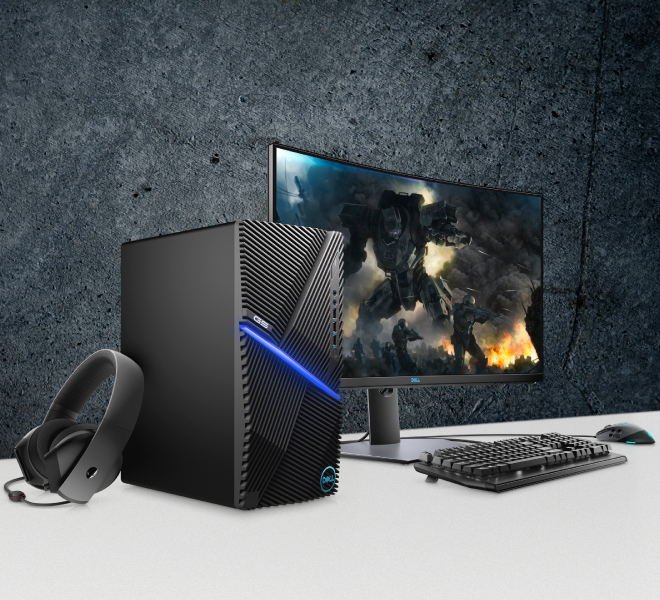
Response time
Response time refers to how long it takes for monitor pixels to change from one color to another. It is measured in milliseconds (ms). Basically, the lower the millisecond, the faster the screen can change an image. The average response time of an LCD screen is 10ms.
Faster response times minimize distortion and blurring, sharpen pictures on fast movements, and help reduce monitor ghosting, where the image leaves a trace while in motion. So, consider going for fewer milliseconds when it comes to response times.
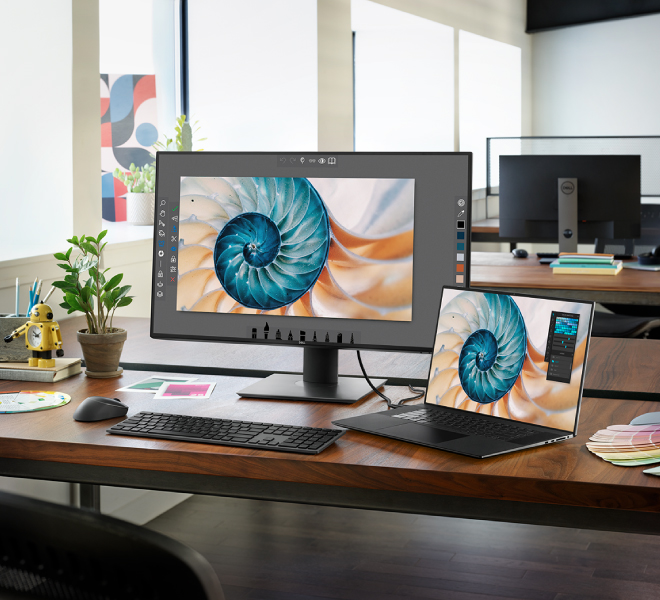
Panel technology
Not all screens are built equally. Brands use different panel types, which can affect a monitor’s image quality. There are three major panels in the market today, with each offering different benefits.
- TN (Twisted Nematic) monitors are mainstream for desktops and laptops. They can achieve low response times at the highest refresh rates with minimal motion blur. And since they are affordable, they’re perfect for budget-conscious consumers and entry-level, multipurpose users.
- VA (Vertical Alignment) monitors offer best contrast and excellent image depth, making them a good fit for movie enthusiasts and users seeking a visual experience with sharp contrast. In addition, VA monitors are suitable for games focused on rich imagery, like role-playing games.
- IPS (In-Plane Switching) technology delivers true-to-life color/contrast and creates better viewing angles. IPS monitors can support professional color space technologies and satisfy professional users, gamers, and technology enthusiasts.
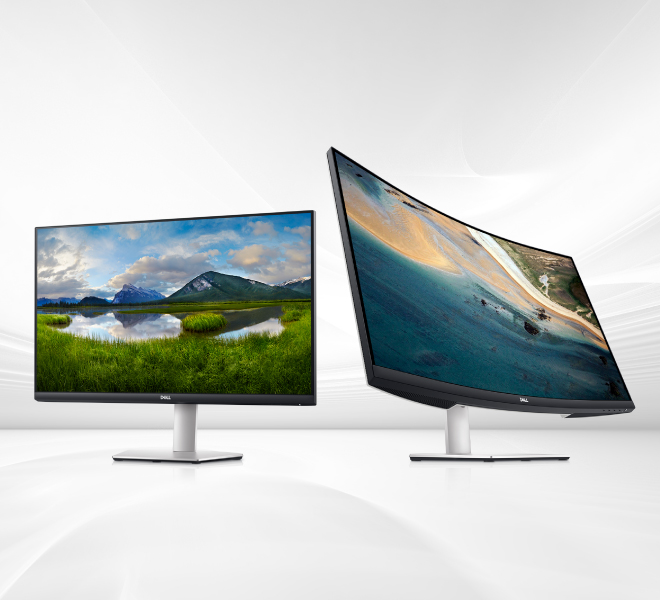
Flat vs. curved
It was always flat monitors until curved monitors started entering the market with promising advantages. Still, each type of monitor offers unique benefits depending on your tasks and needs.
- A flat monitor is suitable for a small workspace as it doesn’t take up too much space. It’s best for simple and general computer tasks like internet browsing, writing, and online shopping.
- A curved monitor fits well in a larger space. This new generation of monitors is all about delivering a more immersive visual experience. It is usually the best choice for users who spend a lot of time playing games or editing horizontal videos.
Quick ergonomic tips
As a bonus, here are some ergonomic tips on how you can maximize comfort with your new monitor and enjoy it to the fullest.
- Place the monitor directly in front of you, at least 51 cm or 20 inches from your eyes.
- Maintain the recommended distance between you and your monitor by tilting the monitor back by 10 to 20 degrees.
- Place your monitor away from windows to avoid excessive light or glare.
- Make sure your monitor height allows you to look at your screen slightly below eye level.
The right monitor can definitely help you increase your productivity and create a more enjoyable and comfortable environment for both work and entertainment. Click here to explore Dell monitors and find the best option for you!



